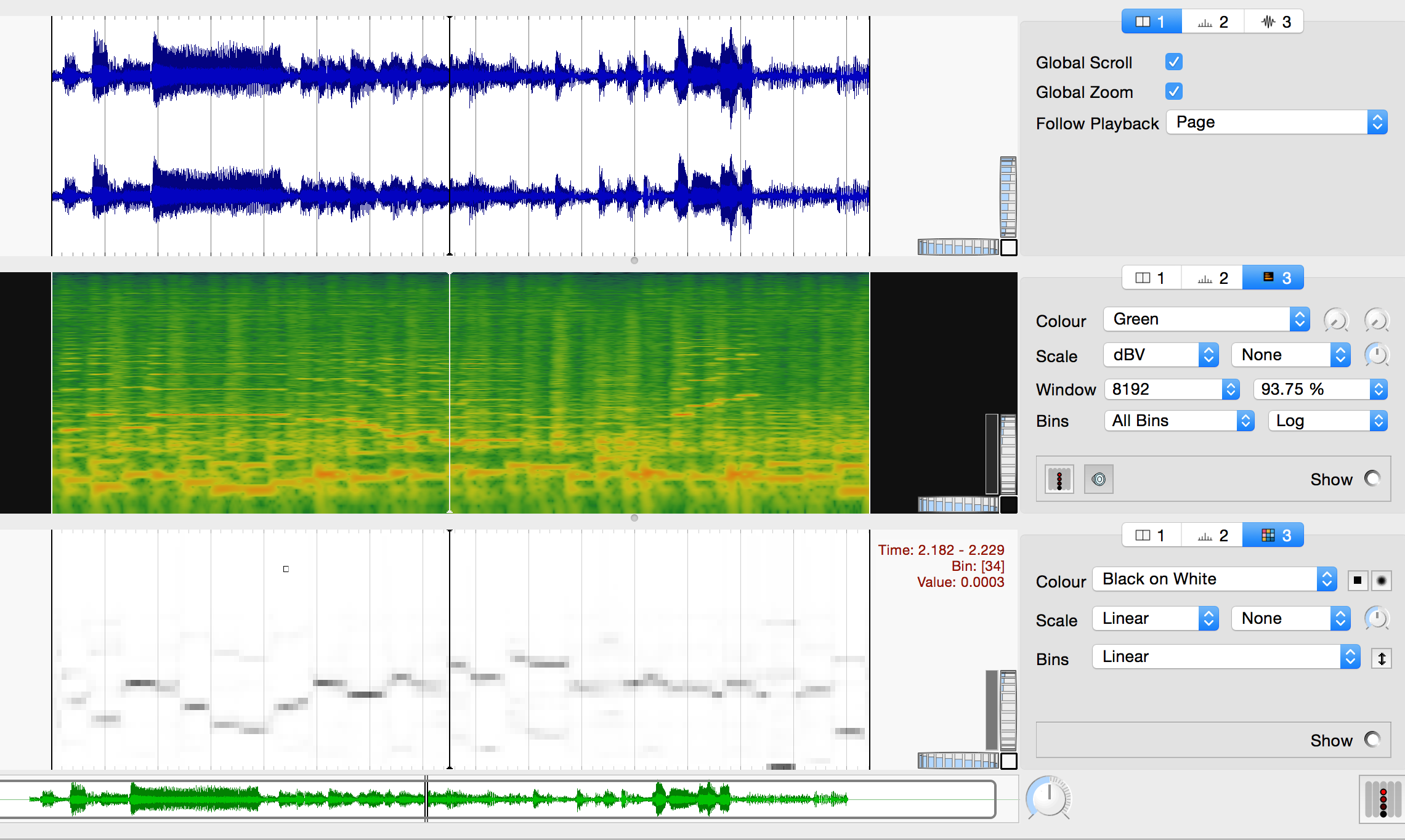Algorithm for walking bass transcription in jazz ensemble recordings using Deep Neural Networks (DNN)
- J. Abeßer, S. Balke, K. Frieler, M. Pfleiderer, M. Müller: Deep Learning for Jazz Walking Bass Transcription, AES conference on Semantic Audio, Erlangen, Germany, 2017
Audio examples can be found here:
This algorithm was used to create the beat-wise bass pitch values included in the Weimar Jazz Database
The script requires the Python packages
- python 3.X
- numpy
- scipy
- keras
- librosa
- pysoundfile
- h5py
We recommend you to install miniconda (https://conda.io/miniconda.html). You can create a suitable environment using
conda env create -f conda_environment.yml
and activated it via
source activate walking_bass_transcription
Now you can run the transcription algorithm on a test file by calling
python transcriber.py
After running the transcriber on the test file ArtPepper_Anthropology_Excerpt.wav, the bass saliency spectrogram is exported as CSV file ArtPepper_Anthropology_Excerpt_bass_pitch_saliency.csv,
which can be imported into an empty pane in SonicVisualizer using the parameters
- Timing is specified: Implicitly: rows are equally spaced in time
- Audio sample rate (Hz): 22050
- Frame increment between rows: 1024
Here's an example of the output:
- WAV form
- STFT magnitude spectrogram
- bass saliency spectrogram
Enjoy.
Now the transcriber has a new aggregation method 'flex-q', which checks for each beat, which tatum subdivision is the most likely one. The note events are generated accordingly.
Furthermore, a lower saliency thresholds allows to ignore beats / sub-beats where the pitch saliency is too low.
